In cities and suburbs across the country, people are finding new ways to grow their own food—without ever signing a deed. Whether they’re avoiding sky-high property prices or simply craving connection with the land, these non-owners are transforming empty lots, rooftops, and even sidewalk medians into edible ecosystems. Garden-farming has become more than just a sustainability trend—it’s a radical act of resourcefulness. Here are 12 creative methods Americans are using to grow fresh produce without owning a single acre.
1. Adopting a Row at a Community Garden
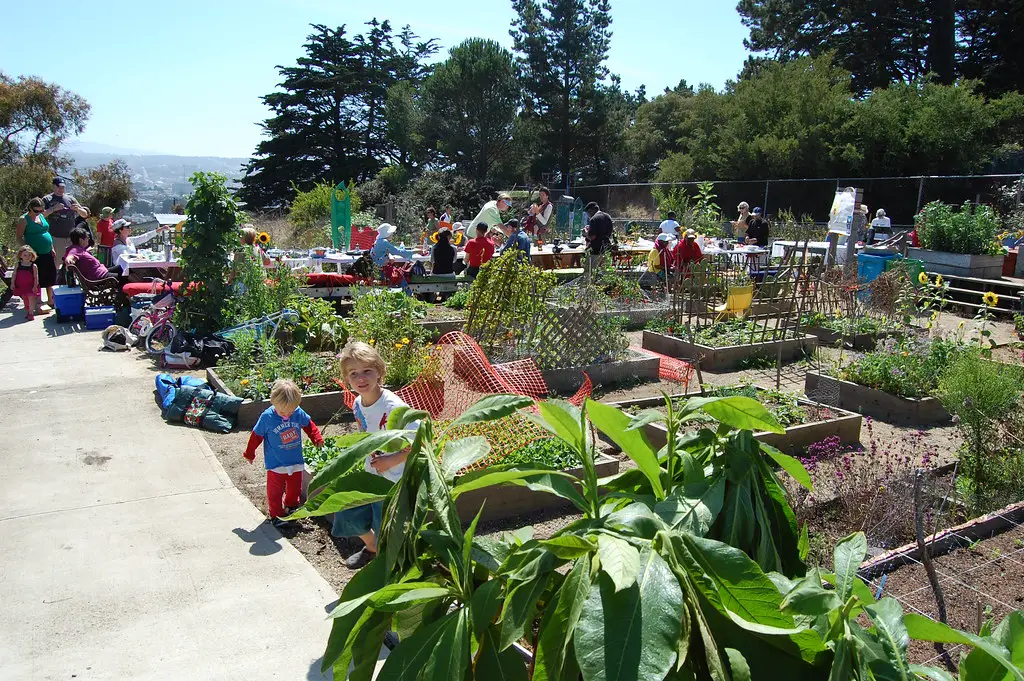
Community gardens aren’t just a shared space—they’re a shared solution. NPR notes that in cities like Detroit, individuals are “adopting” rows or beds within public gardens to grow everything from lettuce to peppers. These micro-plots offer autonomy, social connection, and easy access to fresh food, all without ownership. Many programs charge only a nominal fee or none at all.
Gardeners often trade crops or pool tools to stretch resources further. It’s a cooperative system where experience is passed down as freely as seedlings. As urban land becomes scarcer, these gardens are thriving hubs of food sovereignty. The model is old—but the scale and energy are completely new.
2. Farming Friend’s or Neighbor’s Yards

Yard-sharing is quietly reshaping neighborhoods. Modern Farmer reports that people are teaming up with land-rich, time-poor neighbors to farm backyards in exchange for a share of the harvest. It’s a win-win for homeowners who want green space but don’t want the work. For gardeners without land, it’s the ultimate workaround.
These arrangements are often informal—just a handshake and a hoe. Some groups are now formalizing them into hyperlocal co-ops. Trust and good communication are key, but when it works, it’s magic. It’s turning fences into invitation lines instead of barriers.
3. Renting Space on a Rooftop Farm
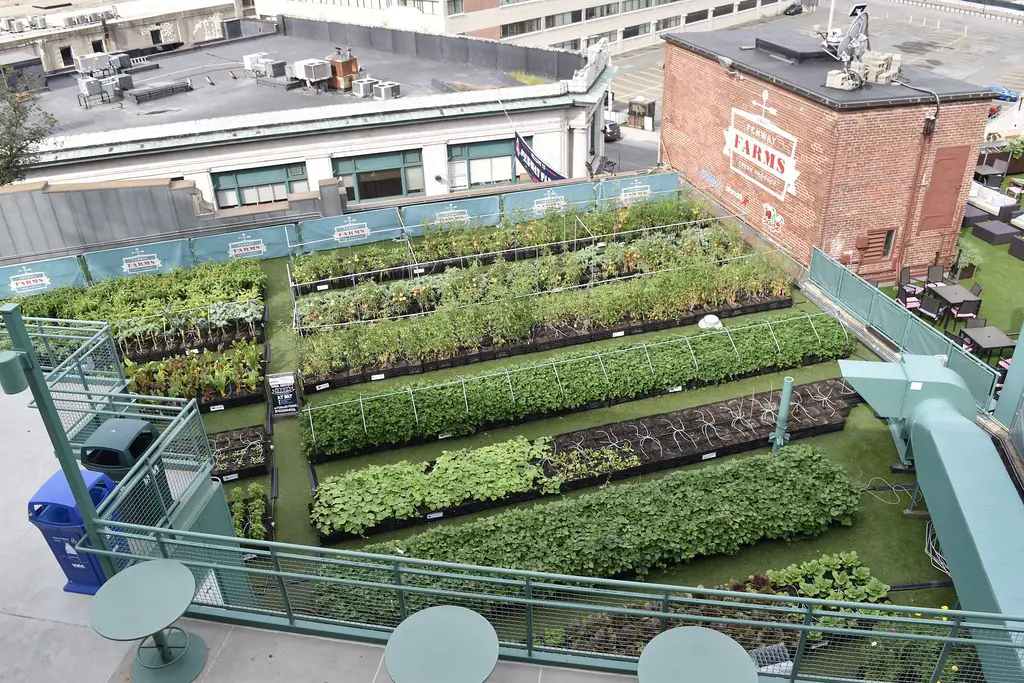
With real estate rising, rooftops are becoming the new farmland. Civil Eats highlights how urban dwellers are leasing rows or planter boxes on rooftop farms in places like Brooklyn and Chicago. These spots offer great sun exposure and are often managed by a central team for watering and maintenance. It’s high-altitude horticulture with none of the headaches.
Renters typically pay a seasonal fee for access and harvest rights. It’s ideal for apartment dwellers who still want to get their hands dirty. As building owners look for sustainable perks, more rooftops are going green. Sky gardens are no longer a novelty—they’re a practical food source.
4. Volunteering for Crop Shares at Local Farms
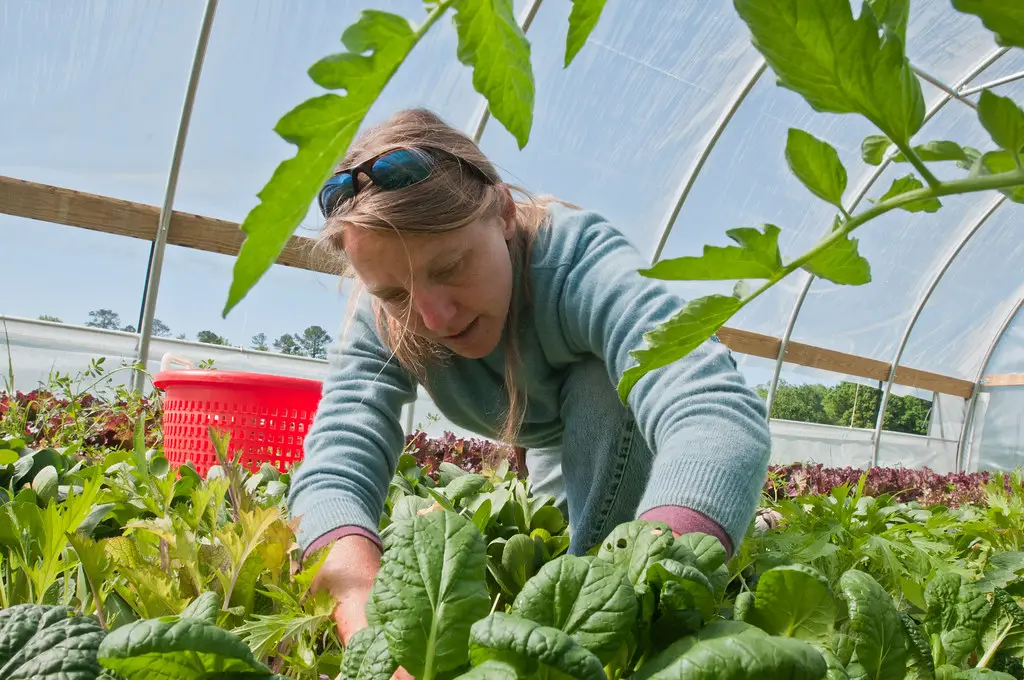
Local farms are inviting volunteers to trade labor for food. Modern Farmer explains that many small farms now offer “work-for-harvest” programs that don’t require land ownership, just elbow grease. Participants weed, plant, or harvest for a few hours a week and go home with fresh produce. It’s a grassroots CSA model that bypasses cash entirely.
For aspiring gardeners, this offers a front-row seat to small-scale agriculture. Volunteers learn seasonal rhythms, soil health, and crop cycles firsthand. It’s educational, hands-on, and deeply rewarding. Many participants say it’s the most grounding part of their week.
5. Gardening in Public Right-of-Way Spaces
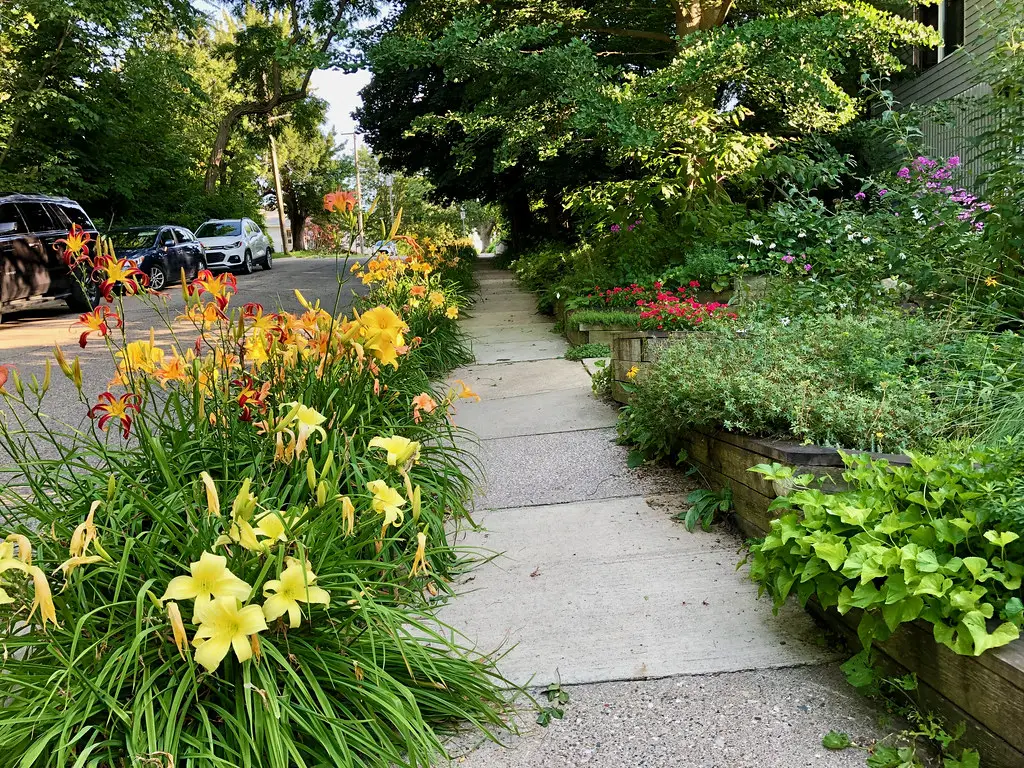
Sidewalk strips and median gardens are quietly blooming across the country. Municipalities from Portland to Minneapolis are relaxing codes to allow edible gardens in these slivers of public space. Residents are planting herbs, tomatoes, and fruit trees where there was once only grass. It’s a bold reclaiming of overlooked real estate.
These gardens often require permits—but the payoff is real. They beautify the neighborhood while producing something tangible. Pedestrians often help themselves to basil or strawberries, turning streets into edible corridors. What was once a legal gray zone is now being celebrated as civic innovation.
6. Joining a Guerrilla Gardening Collective

Guerrilla gardening means planting where no one asked you to—and people are doing it in droves. These groups identify neglected or underutilized land and sneak in at night with seeds, soil, and hope. It’s part gardening, part protest. Over time, these wild patches often become community-maintained green spaces.
Participants range from artists to activists to frustrated renters. While technically unauthorized, many efforts win neighborhood support and later legitimacy. It’s a way to reclaim urban space and redefine ownership. Food, in this model, is a public good—not a private asset.
7. Installing Mobile Planter Beds
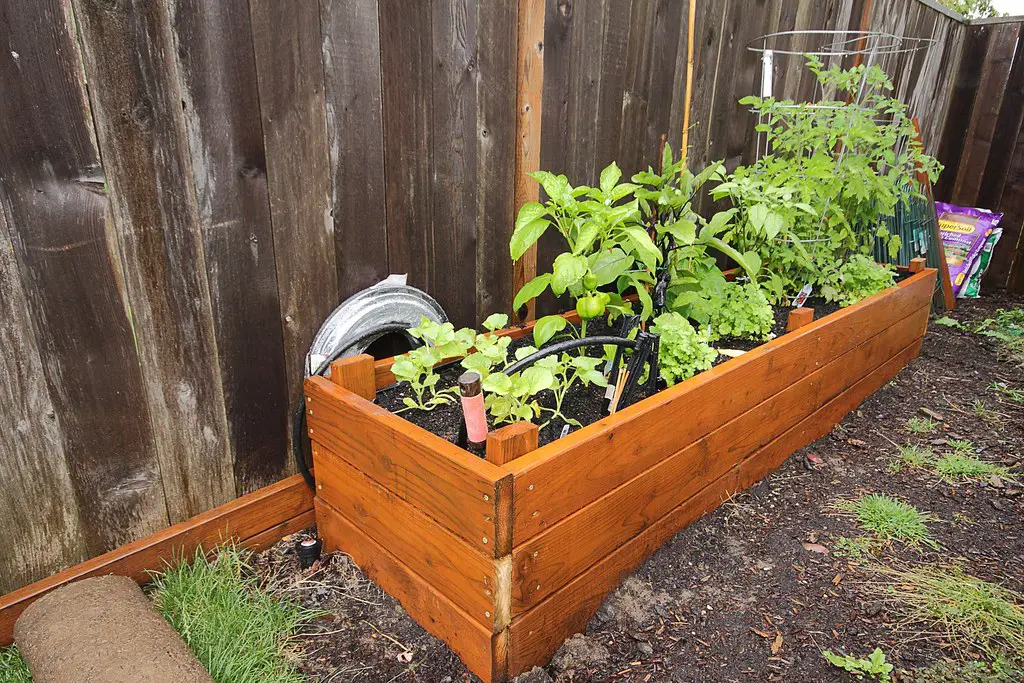
When you can’t garden in the ground, you garden on wheels. Mobile planter beds—on trailers, carts, or pallets—let people grow crops in borrowed driveways, empty parking lots, or vacant warehouse floors. These setups are easy to move if zoning laws change or space is reclaimed. It’s a low-risk, high-yield solution for transient growers.
DIY designs are abundant online, and some nonprofits even donate materials. For renters or nomads, these rolling gardens offer food security without permanence. They also serve as visual statements: the land may not be yours, but the harvest can be. Portability is power.
8. Participating in Edible Park Projects
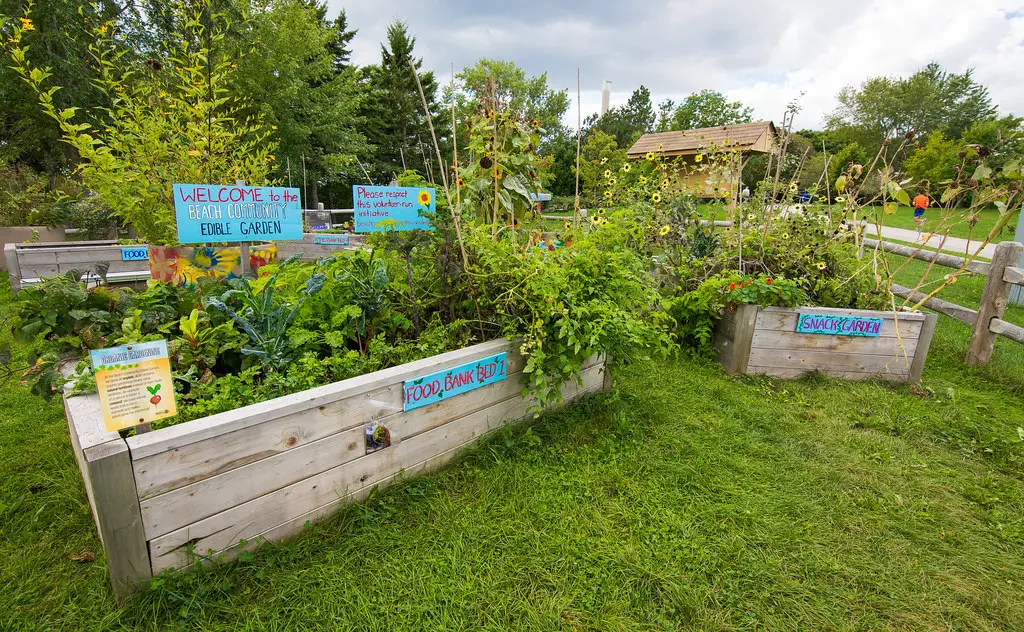
Some cities have started planting public food forests instead of decorative parks. These edible green spaces are open to anyone and filled with fruit trees, perennial vegetables, and herbs. Gardeners often join volunteer crews to help maintain them and take home a portion of the bounty. No ownership required—just involvement.
These parks create community while feeding it. They also teach passive growing methods that anyone can replicate. For people without land, it’s a crash course in permaculture. And it turns a weekend stroll into a shopping trip—without the checkout line.
9. Joining a Church or School Garden

Many churches, schools, and libraries have started small-scale gardens on their grounds. Often underutilized, these plots are open to members or volunteers who want to grow vegetables or flowers. It’s a community-driven initiative with no need to own or lease space. The produce often supports food banks, communal kitchens, or congregation families.
These sites are often well-located and safe, making them great starter spots for new gardeners. They also bring generations together around a shared purpose. Whether you’re five or ninety-five, planting carrots is always empowering. And every harvest strengthens a community bond.
10. Enrolling in Urban Farm Incubators
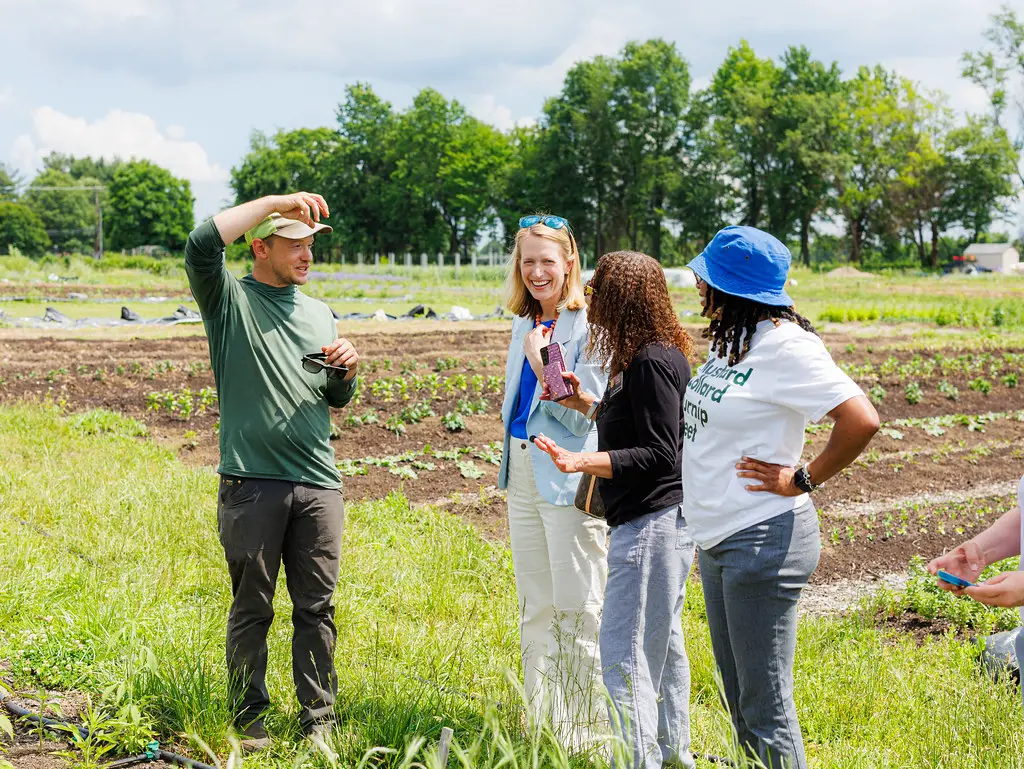
Urban farm incubators are giving aspiring growers a foot in the soil—without the deed. These programs offer training, space, and startup tools for those interested in becoming farmers but who lack land or resources. Participants often share space, water, and equipment, with each managing their own growing area. It’s the farming world’s version of a startup accelerator.
Incubators are often run by nonprofits, universities, or co-ops. They focus on organic techniques, sustainable practices, and business planning. After graduation, many participants move into lease agreements or co-op farming collectives. But for the landless, it’s a fertile place to begin.
11. Crowdsourcing Backyard Access

New apps are connecting gardeners with yard owners who aren’t using their green space. Think of it as Airbnb for vegetables. Gardeners browse available plots, arrange terms, and show up with seeds in hand. It’s ultra-local, low-cost, and easy to scale.
The platforms handle communication and scheduling, making the process smoother for both parties. It’s a creative collision of tech and dirt. No contracts, no real estate drama—just collaboration. In cities where land is limited, this model is gaining serious traction.
12. Hosting a Pop-Up Garden on Borrowed Land

Pop-up gardens are short-term installations on borrowed lots, parking spaces, or vacant storefronts. They’re built with raised beds, container plants, and sometimes even small greenhouses. The idea is to grow fast, feed a few, and move on when the land is no longer available. They’re flexible, temporary, and radically productive.
Organizers typically coordinate with local businesses or landowners for permission. These gardens thrive on creativity and cooperation. When space is fleeting, growers adapt with agility. It’s a powerful reminder: you don’t have to own the land to make it grow.
